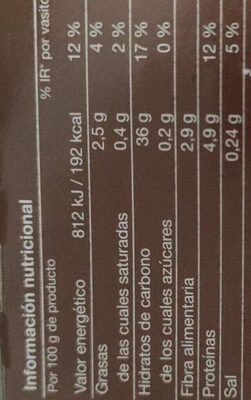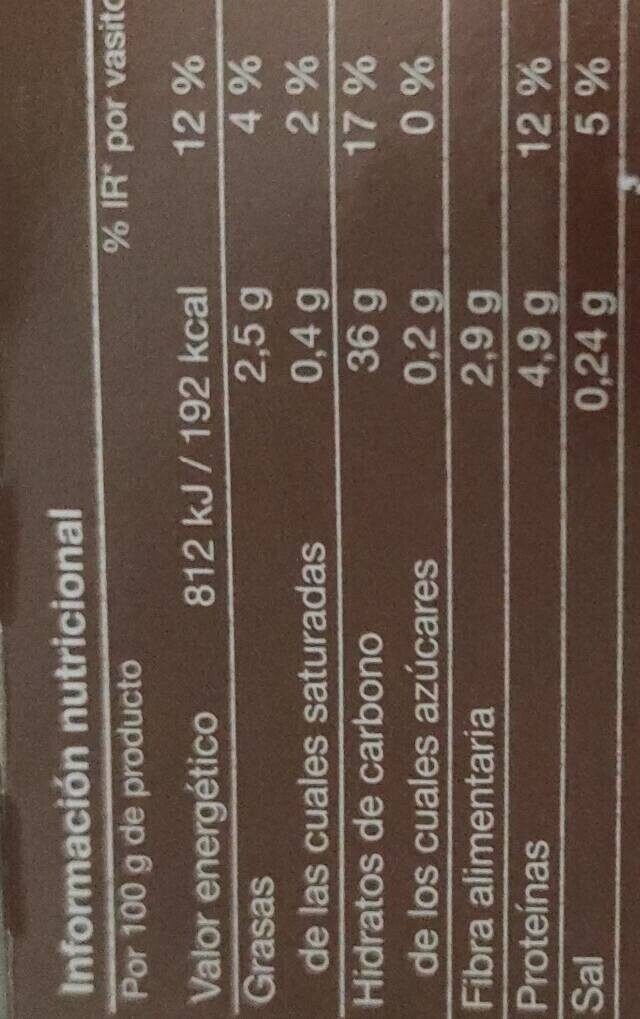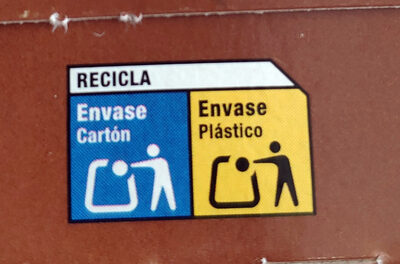Arroz salvaje con arroz basmati - Brillante - 250 g
Barra-kodea: 8410184800143 (EAN / EAN-13)
Izen arrunta: Arroz salvaje con arroz basmati
Kopurua: 250 g
Ontziratzea: en:Plastic, en:container, es:Envase en cartón, es:Green dot, es:Microondable, es:Producto, es:Vasito
Markak: Brillante
Kategoriak: en:Plant-based foods and beverages, en:Plant-based foods, en:Cereals and potatoes, en:Seeds, en:Cereals and their products, en:Meals, en:Cereal grains, en:Rices, en:Aromatic rices, en:Indica rices, en:Long grain rices, fr:Céréales préparées, en:Microwave meals, en:Plant-based meals, en:Prepared rices, en:Basmati rices, en:Precooked rices
Etiketak, ziurtagiriak, sariak:
en:No gluten, en:Vegetarian, en:No preservatives, en:Vegan, en:Green Dot, en:No colorings
Origin of ingredients: Espainia
Manufacturing or processing places: Spain
Link to the product page on the official site of the producer: https://www.brillante.es/productos/arroz...
Dendak: Carrefour, Alcampo, El Corte Inglés, Hipercor, Caprabo, Consum
Saltzen diren herrialdeak: Espainia
Matching with your preferences
Report a problem
Datuen iturria
Product added on by javichu
Last edit of product page on by kiliweb.
Produktuaren orria -gatik editatua alia, autorotate-bot, date-limite-app, musarana, neptuno, openfoodfacts-contributors, packbot, roboto-app, sdianez, teolemon, thaialagata, yuka.VEo1Y0M1b2J2YVlKbVBJa3JrNzcwNEpXLzZLMEFteVFEOUVCSWc9PQ, yuka.sY2b0xO6T85zoF3NwEKvlm9LXPbVuxXOHkz4yE_R992uL47CcPFO85fbHqs.











